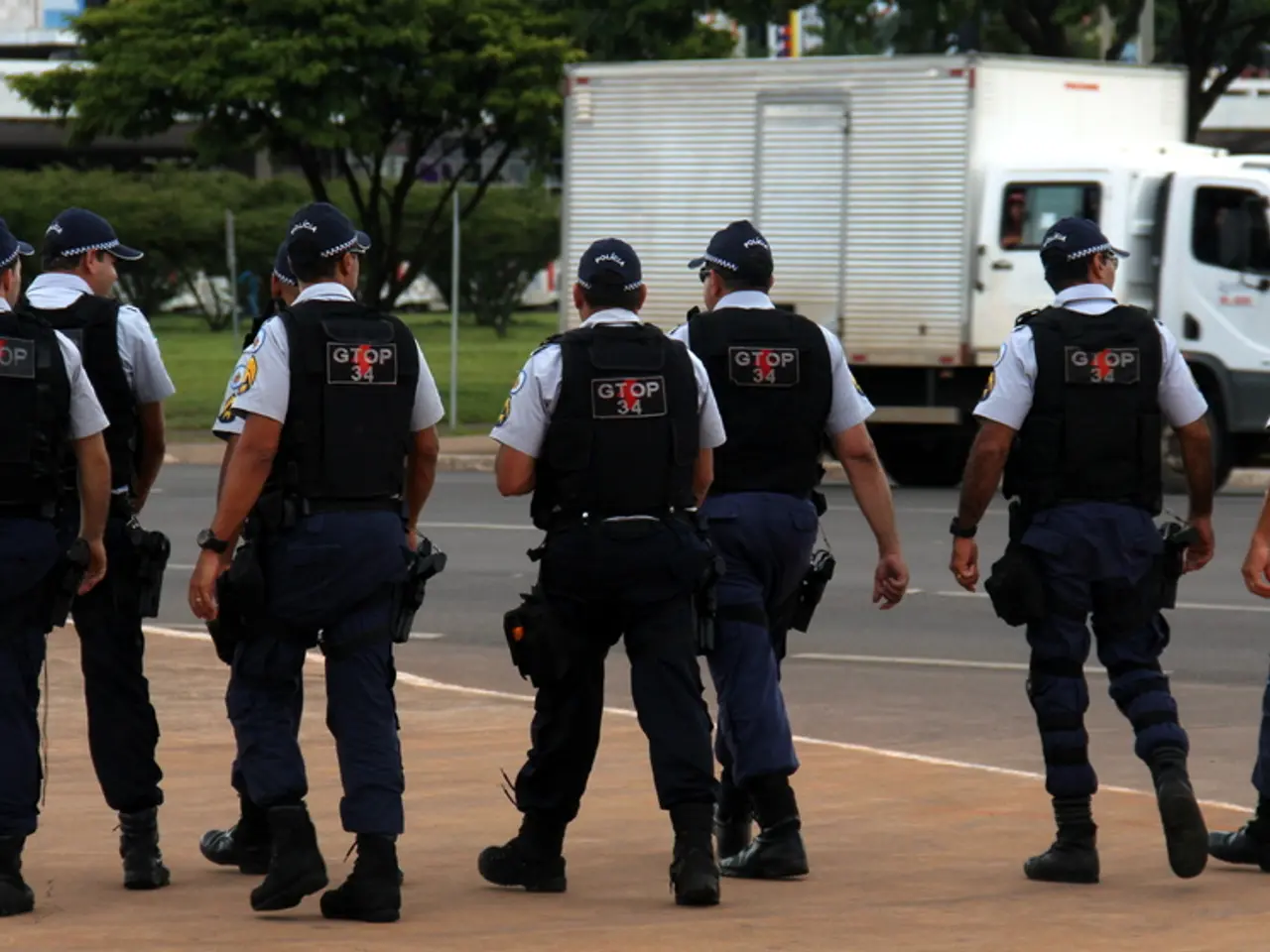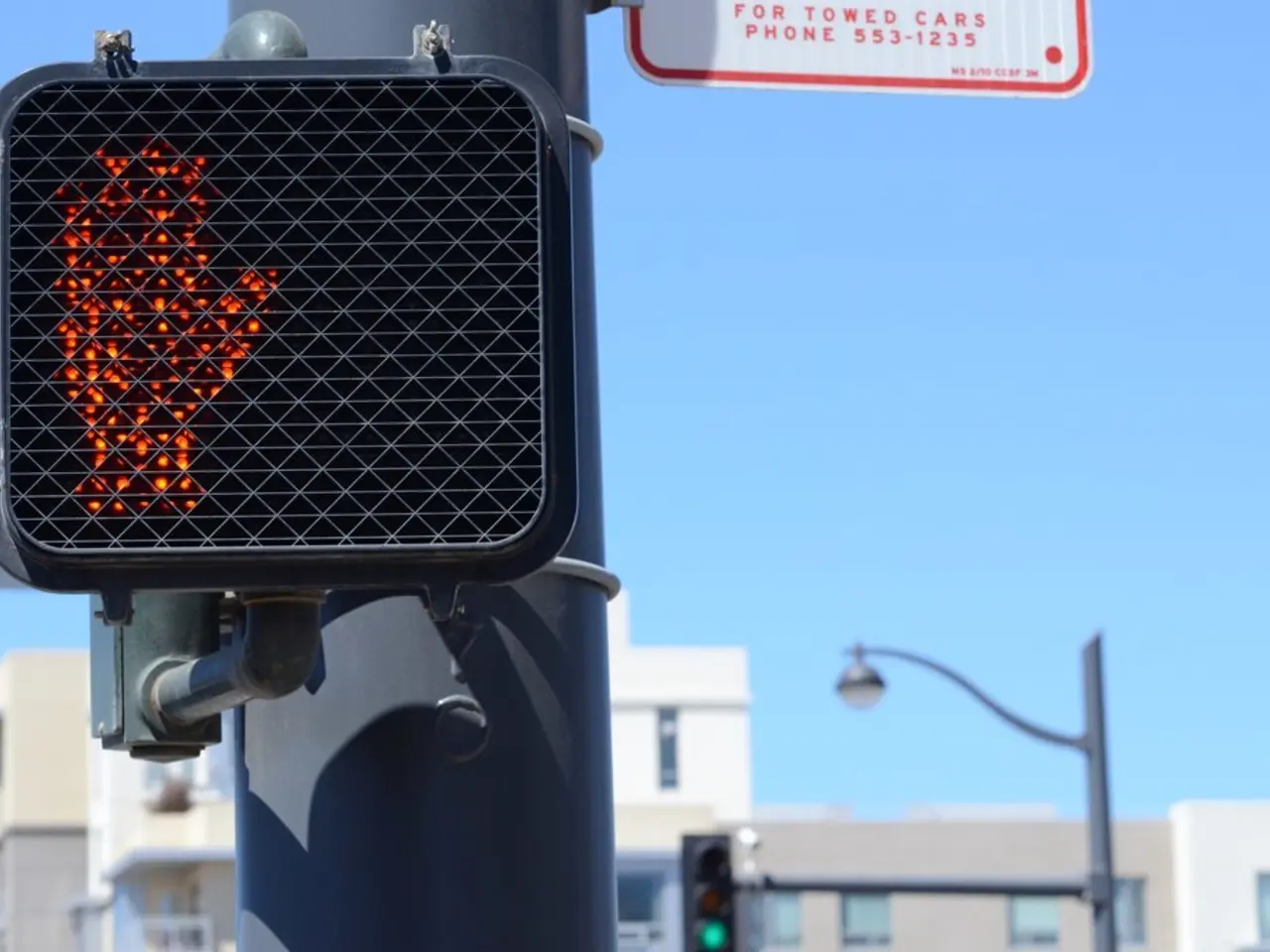Law Enforcement Personnel Grow Tired of Overseeing Speed Monitoring Cameras in Spain
In Spain, the Guardia Civil traffic division, backed by the Directorate General of Traffic (DGT), is working diligently to enhance road safety. The recent intensive campaigns, such as the one targeting driving under the influence of alcohol and drugs, have seen over 30,000 daily tests conducted ([1], [2]). However, controversies persist around several aspects of the traffic policing system.
The Guardia Civil officers, traditionally tasked with enforcing traffic laws on Spain’s interurban and major roads, are now required to monitor and maintain roadside speed cameras, a role more suited to a technician. This shift has led to a decrease in human interaction with drivers and an increase in the issuance of fines, causing frustration among many drivers.
The DGT's methods are perceived by many as more focused on punishment than prevention. This perception is further aggravated by incidents of vandalism against speed cameras, which have become almost routine in Spain. Social media is flooded with footage of cameras being vandalized, such as being blown up, torched, or sliced off their poles. In response, the DGT has commissioned reinforced anti-vandal radar boxes with advanced features like steel reinforcements, security glass, WiFi, climate control, and autonomous power ([3]).
The traffic division, once known for helping drivers and stopping dangerous behavior on the roads, is no longer prioritizing human judgement and road safety. The division is now responsible for maintaining fixed speed cameras, which are now treated better than the officers themselves. This has led to morale among Guardia Civil traffic officers being low due to their duties shifting from safety to sanction.
Recent disputes have emerged around official police statements about causes of fatal crashes. For example, after the crash that killed footballer Diogo Jota, lorry drivers contradicted police claims about speeding, instead citing poor road conditions. This raises questions about infrastructure quality and how enforcement agencies determine accident causes ([4]).
The DGT's consideration of radical measures, such as a one-car-per-household restriction and daily charges for non-resident vehicles particularly in island regions, is controversial. These proposals reflect tensions between urban mobility goals, environmental concerns, and public acceptance ([1]). Additionally, plans to use sensors or radars to detect the number of passengers in vehicles for enforcing occupancy rules hint at future controversies related to surveillance and data privacy, as this enforcement approach is novel in Spain ([1]).
In summary, traffic policing in Spain is facing a complex landscape. While the Guardia Civil and DGT are working to reduce fatalities and improve road behavior, controversies persist regarding enforcement accuracy, infrastructure issues, and the social acceptance of forthcoming policies aimed at managing urban congestion and sustainability. These debates indicate an evolving traffic management context confronting the balance between safety, mobility, residents' rights, and technological enforcement tools.
- Despite the efforts of the Guardia Civil and the DGT in enhancing road safety in Spain, the shift in duties for Guardia Civil traffic officers has caused frustration, as they are now tasked with maintaining speed cameras instead of focusing on human interaction and road safety.
- The DGT's approach to traffic enforcement is being questioned, with concerns arising over the perceived focus on punishment rather than prevention, the increased use of technology, and the potential infringement on privacy through novel enforcement methods like sensors or radars for enforcing occupancy rules.








